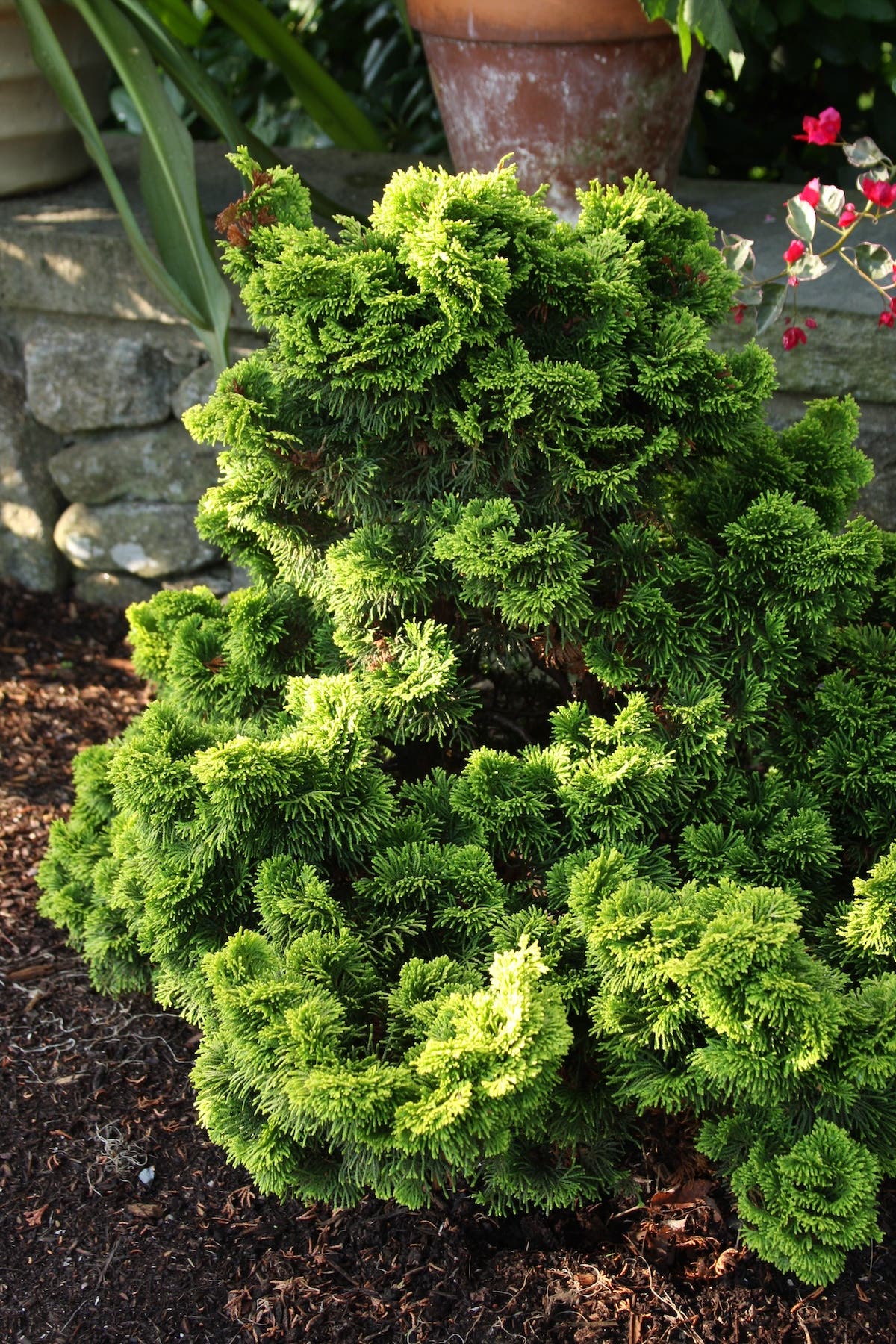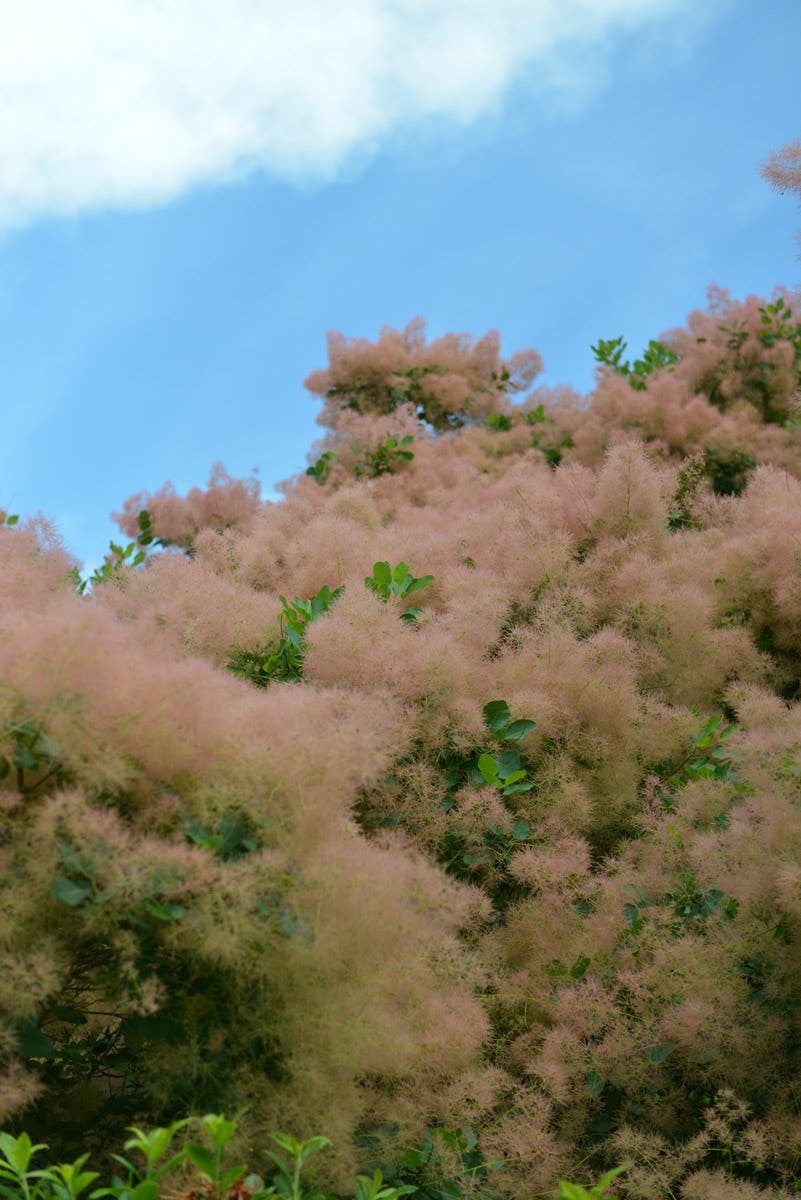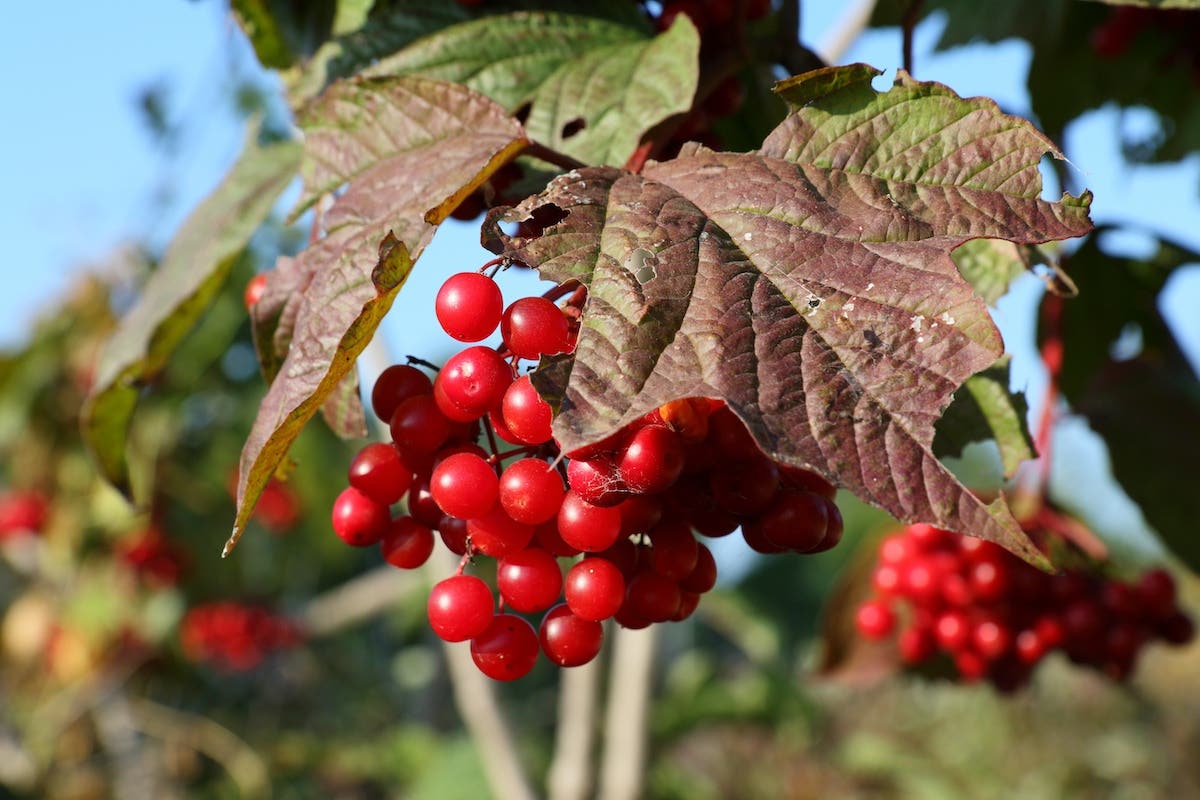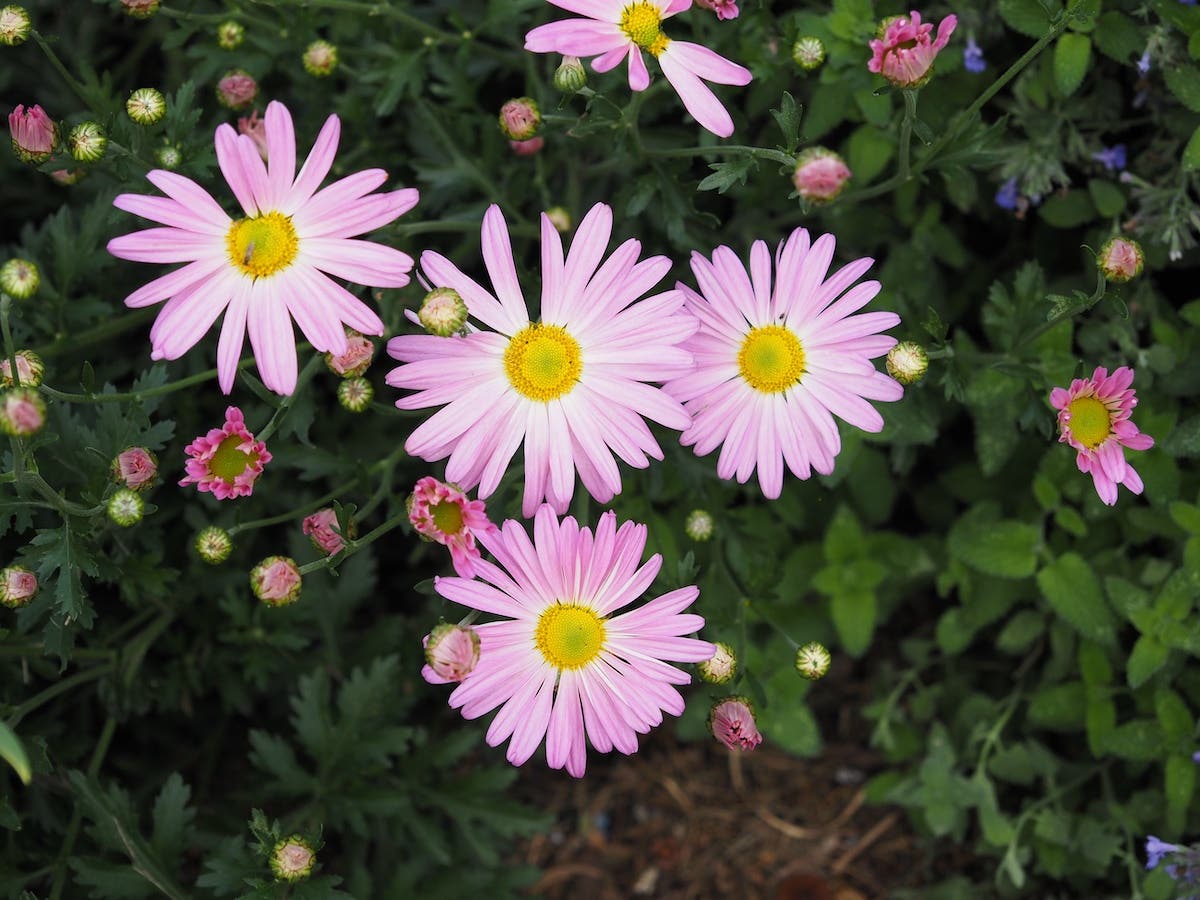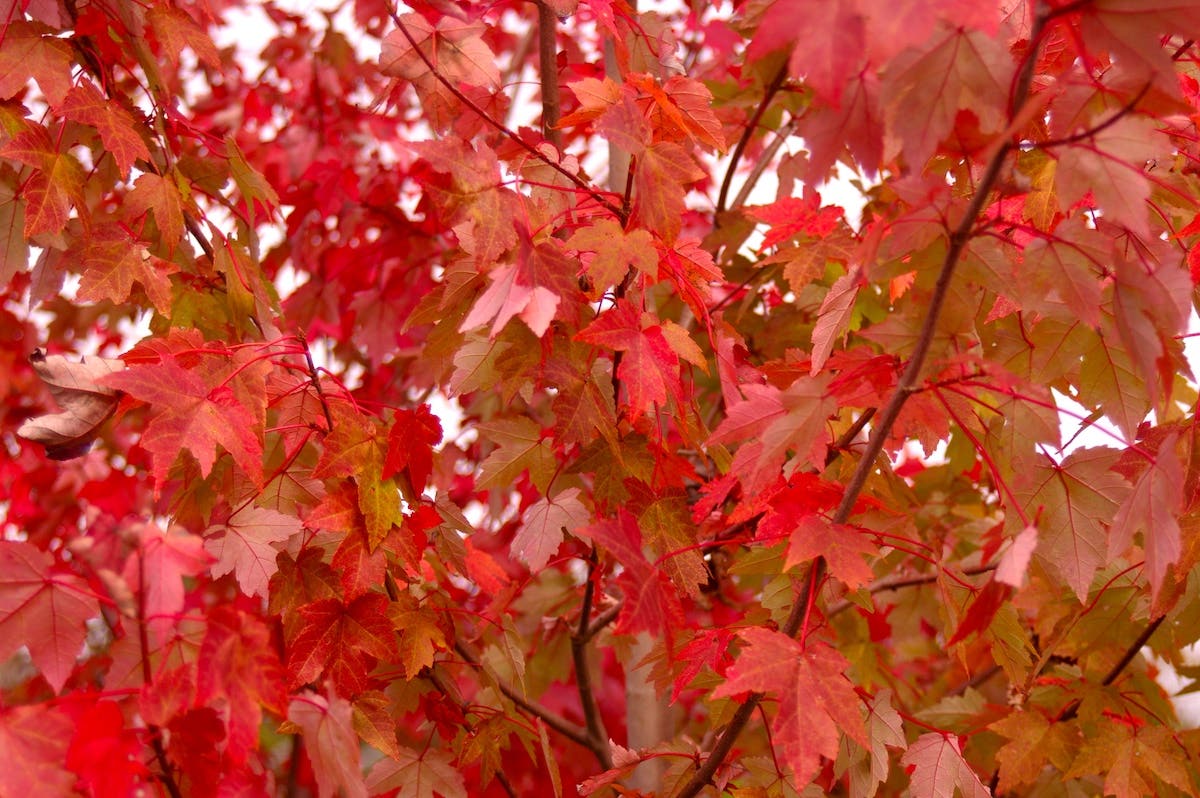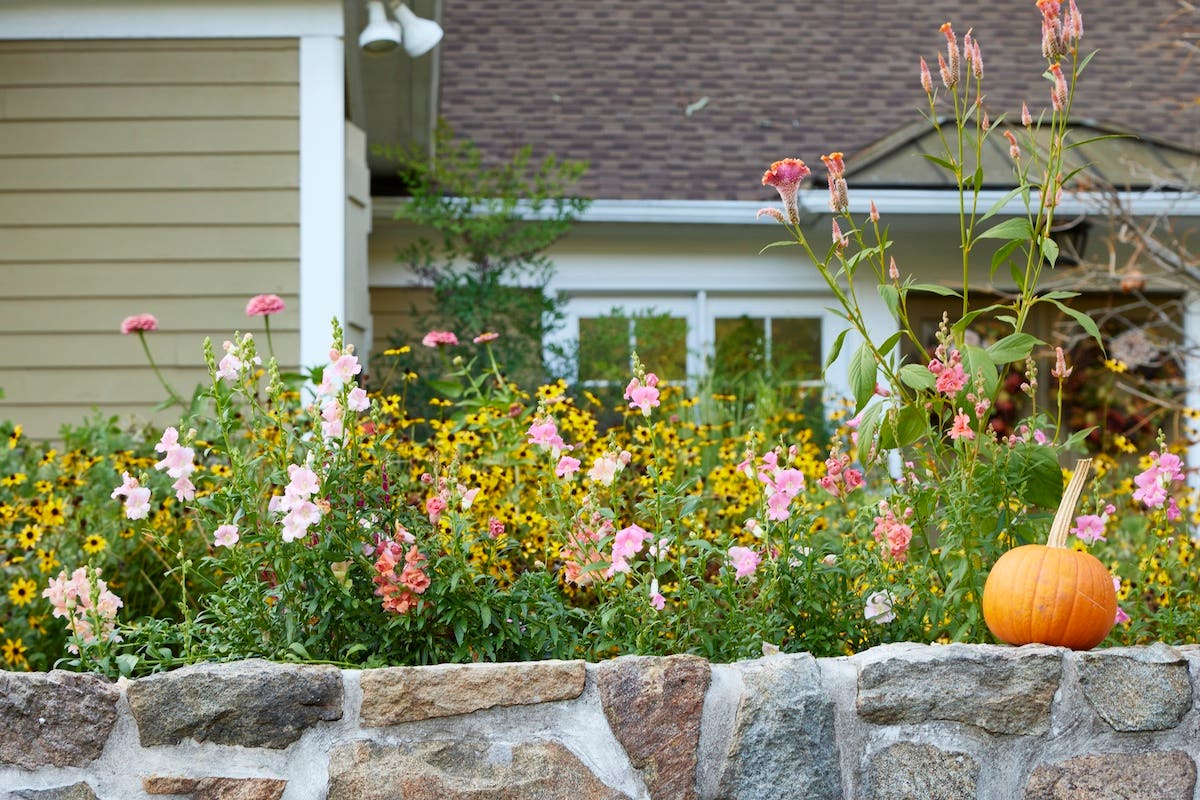L.A. Dreamin’ Hydrangea Has Foolproof Multicolor Blooms
Virtues: L.A. Dreamin’ bigleaf hydrangea (Hydrangea macrophylla L.A. Dreamin’ or ‘Lindsey Ann’) delivers big, colorful flowers even after a frigid winter or a pruning mishap. Common name: L.A. Dreamin’ bigleaf…
Virtues: L.A. Dreamin’ bigleaf hydrangea (Hydrangea macrophylla L.A. Dreamin’ or ‘Lindsey Ann’) delivers big, colorful flowers even after a frigid winter or a pruning mishap.
Common name: L.A. Dreamin’ bigleaf hydrangea
Botanical name:Hydrangea macrophylla L.A. Dreamin’ (‘Lindsey Ann’)
Flowers: The flowers start in midsummer and they can come in shades of blue, purple and pink, with all colors appearing at once. This is a strongly reblooming hydrangea, so flowers can continue to appear until frost. Older plants are more likely to display multiple flower colors, so be patient. If soil is strongly acidic or alkaline, the shrub may offer only one flower color.
Foliage: Large, bright green and shiny.
Habit: Deciduous shrub to 30 inches tall and 36 inches wide. The compact habit of L.A. Dreamin’ hydrangea makes it easy to fit into small gardens.
Season: Summer and autumn, for flowers.
Exposure: Full sun to part shade.
How to grow L.A. Dreamin’ hydrangea: Like other bigleaf hydrangeas, this variety requires consistent moisture. It flowers best in full sun, but where summers are hot it should be given some protection from the afternoon sun, to prevent wilting. Plant in well-draining, rich soil. Mulch well to conserve moisture, and provide a slow-release fertilizer in spring.
The compact size of L.A. Dreamin’ hydrangea makes it unlikely to require pruning. If pruning is desired, do so just after the shrub’s first flush of flowers. Remove dead canes in spring. L.A. Dreamin’ hydrangea blooms on old and new wood (it sets buds in summer and autumn that will bloom the following year; it also sets buds in spring and summer that open that same year). Therefore it’s a more reliable bloomer than some other bilge hydrangea varieties that bloom only on old wood; those varieties’ buds can be killed in a harsh winter or mistakenly removed by the gardener during fall or spring cleanup.
Image courtesy of Ball Horticultural.


